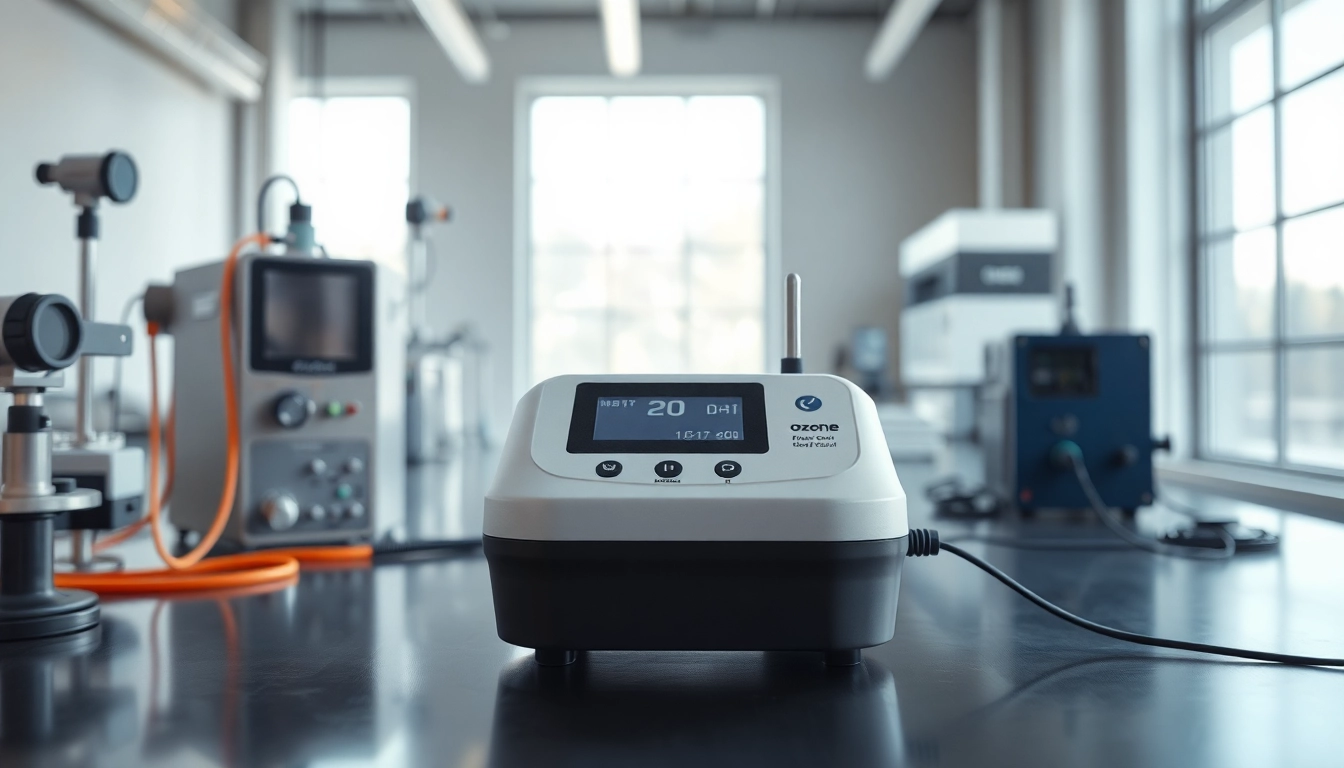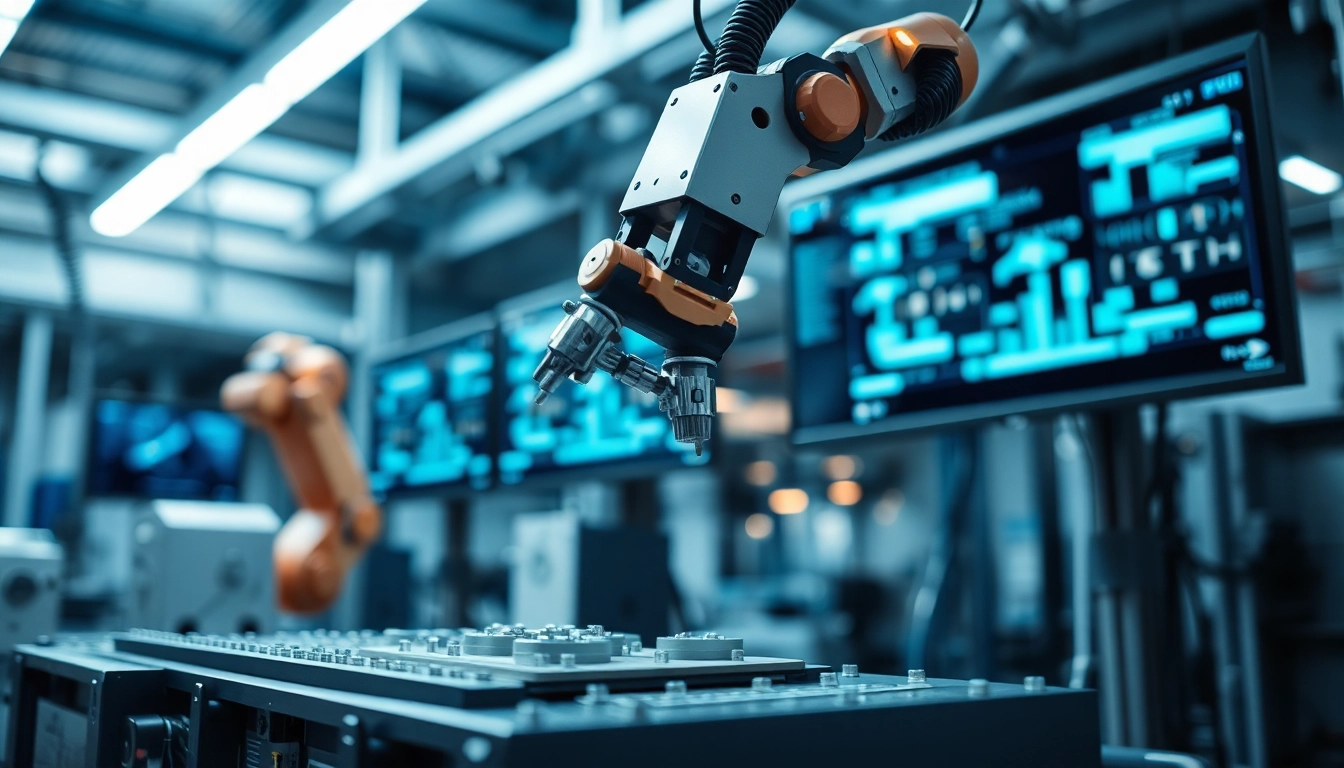Understanding Ozone Gas and Its Risks
What is Ozone Gas?
Ozone gas (O₃) is a colorless gas naturally present in the Earth’s atmosphere, primarily in the stratosphere where it forms the ozone layer, protecting the planet from harmful ultraviolet radiation. However, near ground level, ozone is a significant air pollutant and is a major component of smog. It is created when sunlight reacts with pollutants such as volatile organic compounds (VOCs) and nitrogen oxides (NOx). While ozone plays a crucial role in protecting the environment, elevated levels can pose serious health risks, particularly in industrial and urban settings.
Health Effects of Ozone Exposure
Exposure to ozone can lead to a variety of health effects, especially among vulnerable populations such as children, the elderly, and individuals with pre-existing respiratory conditions. Short-term exposure can irritate the respiratory system, resulting in symptoms such as coughing, throat irritation, and shortness of breath. Long-term exposure has been associated with more severe outcomes, including decreased lung function, aggravated asthma, and increased susceptibility to respiratory infections. For workplaces, it’s crucial to monitor ozone levels to mitigate these health risks. This is where an ozone gas detector becomes invaluable in ensuring a safe working environment.
Common Sources of Ozone in Workplaces
Ozone can accumulate in various workplace settings, especially those involving industrial processes. Common sources include:
- Manufacturing Equipment: Machines that use electrical discharges, such as arc welders and ozone generators, may produce significant quantities of ozone.
- Volatile Compounds: The use of products that emit VOCs—paints, solvents, and cleaning agents—can contribute to ozone formation in the presence of sunlight.
- Photocopying Machines: Some photocopiers release ozone as a byproduct of their operation.
By being aware of these sources, organizations can take steps to mitigate ozone exposure risks effectively.
The Importance of Ozone Gas Detectors
Significance in Industrial Environments
In industrial environments, the significance of ozone gas detectors cannot be overstated. These devices enable real-time monitoring of ozone levels, allowing for immediate action when threshold limits are exceeded. The ability to detect ozone concentrations accurately serves as an early warning system, helping prevent health-related incidents among workers. Implementing ozone detectors in manufacturing plants, warehouses, and laboratories significantly enhances overall workplace safety, ensuring that companies comply with health regulations and safety standards.
Regulatory Compliance and Safety Standards
Compliance with regulatory standards is essential for any organization. Many countries have regulations in place concerning acceptable ozone exposure levels, such as those set by the Occupational Safety and Health Administration (OSHA) and the Environmental Protection Agency (EPA). These organizations recommend that ozone concentrations should not exceed 0.1 ppm over an eight-hour workday. Using ozone detectors helps organizations adhere to these regulations, protecting both employees and the company from potential legal liabilities and penalties.
Long-term Cost Savings and Benefits
Investing in ozone gas detection technology can lead to significant long-term savings for businesses. By preventing illness linked to ozone exposure, companies can reduce healthcare costs and absenteeism. Moreover, maintaining compliance with health and safety regulations can prevent costly fines and enhance the company’s reputation among stakeholders. Ultimately, a commitment to workplace safety translates into a more productive workforce and can facilitate operational efficiency.
Key Features to Look for in an Ozone Gas Detector
Measurement Range and Detection Sensitivity
When selecting an ozone gas detector, it’s crucial to consider the measurement range and sensitivity. Different industrial settings may require detectors that can measure ozone concentrations from parts per billion (ppb) to parts per million (ppm). High sensitivity ensures timely detection of any ozone leaks or spikes, allowing for quick response to prevent health risks and potential fatalities.
User-Friendliness and Calibration Needs
A user-friendly interface is essential for efficient operation. The best detectors are designed to be intuitive, allowing workers to easily navigate the device’s features, view readings, and receive alerts. Additionally, calibration is a critical aspect of ozone detector maintenance. Look for models that offer easy calibration processes, ensuring that the device remains accurate over time without requiring overly complex procedures.
Durability and Environmental Considerations
Ozone detectors should be built to withstand the environments in which they are used. Factors such as temperature fluctuations, humidity, and exposure to chemicals can affect the performance and lifespan of detection devices. Selecting a durable detector with appropriate environmental ratings ensures reliability and longevity. Additionally, consider eco-friendly options that minimize environmental impact without sacrificing performance.
Best Practices for Using Ozone Gas Detectors
Installation Guidelines and Placement Strategies
Effective installation is crucial for optimal performance of ozone gas detectors. Install detectors in areas where ozone is likely to accumulate, such as near sources of emissions and confined spaces. Ensure that the detectors are mounted at the proper height; usually, it’s best to install them at breathing zone height (approximately 4-6 feet above the ground) to accurately gauge employee exposure.
Regular Maintenance and Calibration Tips
Routine maintenance is vital to keep ozone detectors functioning accurately. This includes regular cleaning, battery checks, and scheduled recalibration according to the manufacturer’s recommendations. Implementing a maintenance schedule keeps detectors reliable over time and helps prevent undetected ozone levels that could put employees at risk.
Interpreting Readings and Acting on Alerts
Understanding the readings from ozone gas detectors is essential for a safe workplace. Clear signage should accompany all detectors, indicating the meaning of various alerts. Train employees on how to interpret readings and the appropriate steps to take if ozone levels reach concerning levels. Rapid response to alerts can prevent health repercussions and maintain a safer work environment.
Case Studies: Success Stories with Ozone Gas Detectors
Improved Safety Protocols in Manufacturing
A prominent manufacturing company recently implemented ozone gas detectors in their facilities after frequent complaints of respiratory issues among workers. By incorporating these detectors, they established a proactive safety protocol that allowed for real-time monitoring of ozone levels. As a result, the company not only reduced incidents of illness but also improved employee morale. The enhanced safety protocols led to increased productivity, showcasing the direct correlation between worker safety and operational efficiency.
Research Environments and Increased Compliance
In a laboratory setting focused on chemical research, ozone levels were a growing concern due to the use of ozone-generating equipment. By installing ozone detectors, the lab could maintain compliance with safety regulations effectively. The case study revealed that the constant monitoring of ozone levels enabled timely interventions and adjustments in operation to control emissions better. This not only ensured a healthier work environment but also positioned the lab as a leader in safety and compliance within the research community.
Lessons Learned and Future Considerations
From various case studies, it is evident that the implementation of ozone gas detectors plays a crucial role in enhancing workplace safety across different industries. Key lessons learned include the importance of employee training, the practical implementation of monitoring systems, and the need for ongoing assessment of safety protocols. Looking forward, organizations must continuously adapt by reviewing advances in detection technology and incorporating feedback from workers to further minimize risks associated with ozone exposure.



